Top Iranian Commanders and Nuclear Scientists Killed in Israeli Strikes:
Explore the impact of Israel’s 2025 strikes on top key Iranian military figures and nuclear experts. Top Iranian Commanders and Nuclear Scientists Killed in Israeli Strikes on June 13 2025
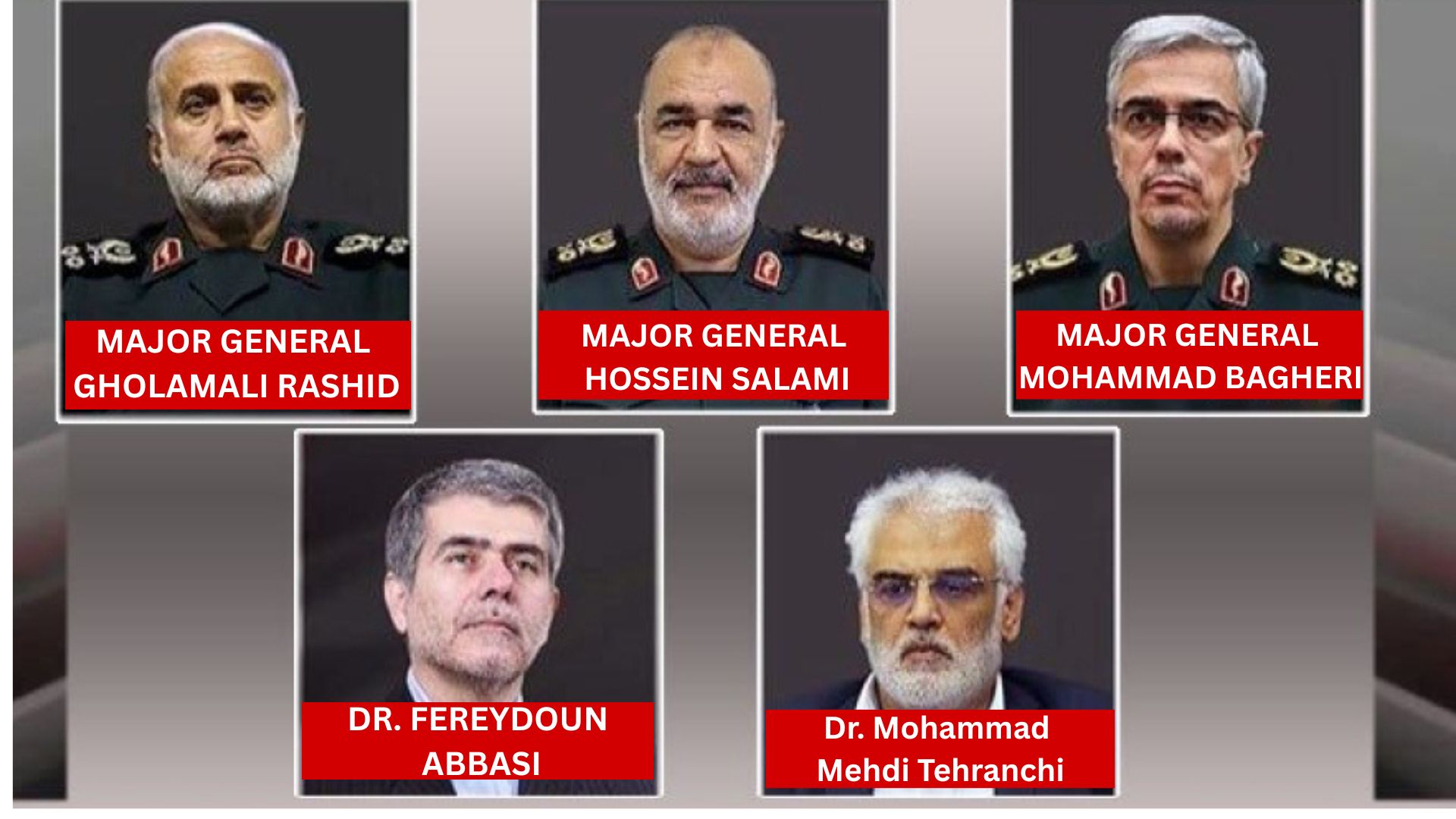
Targeting Iran Top Commanders & Nuclear Scientists:
Irani media confirmed the deaths of several top senior military commanders and nuclear scientists following Israeli airstrikes across the different cities in Iran. for more updates about israel strickes on iran click the link https://muavpk.com/israel-shocking-attack-on-iran-2025/
1) Major General Mohammad Bagheri:
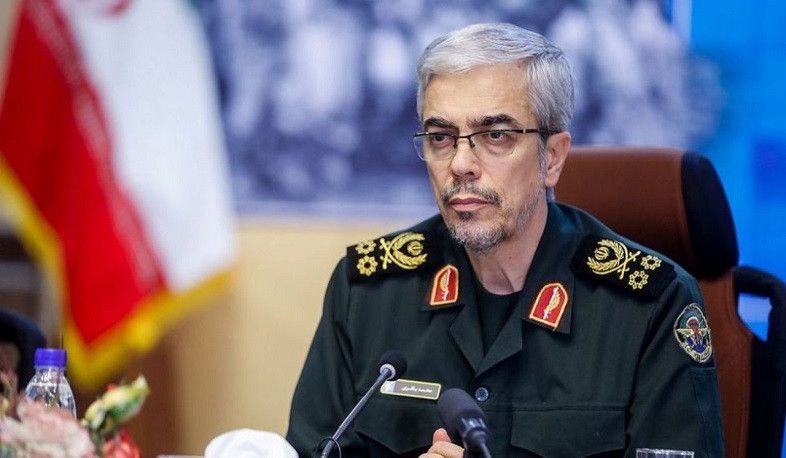
Major General Mohammad Bagheri is the Chief of Staff of the Armed Forces of the Islamic Republic of Iran. Born in 1960, Bagheri is a high-ranking military commander with deep ties to the Islamic Revolutionary Guard Corps (IRGC). He played a key role in shaping Iran’s defense strategy and overseeing military operations, especially regarding ballistic missile development and regional proxy forces. With a background in intelligence and military logistics, Bagheri was instrumental in coordinating Iran’s responses to U.S. and Israeli actions. His leadership significantly influenced Iran’s military doctrine, emphasizing asymmetric warfare and strategic deterrence through missile and nuclear programs.
2) Major General Hossein Salami:
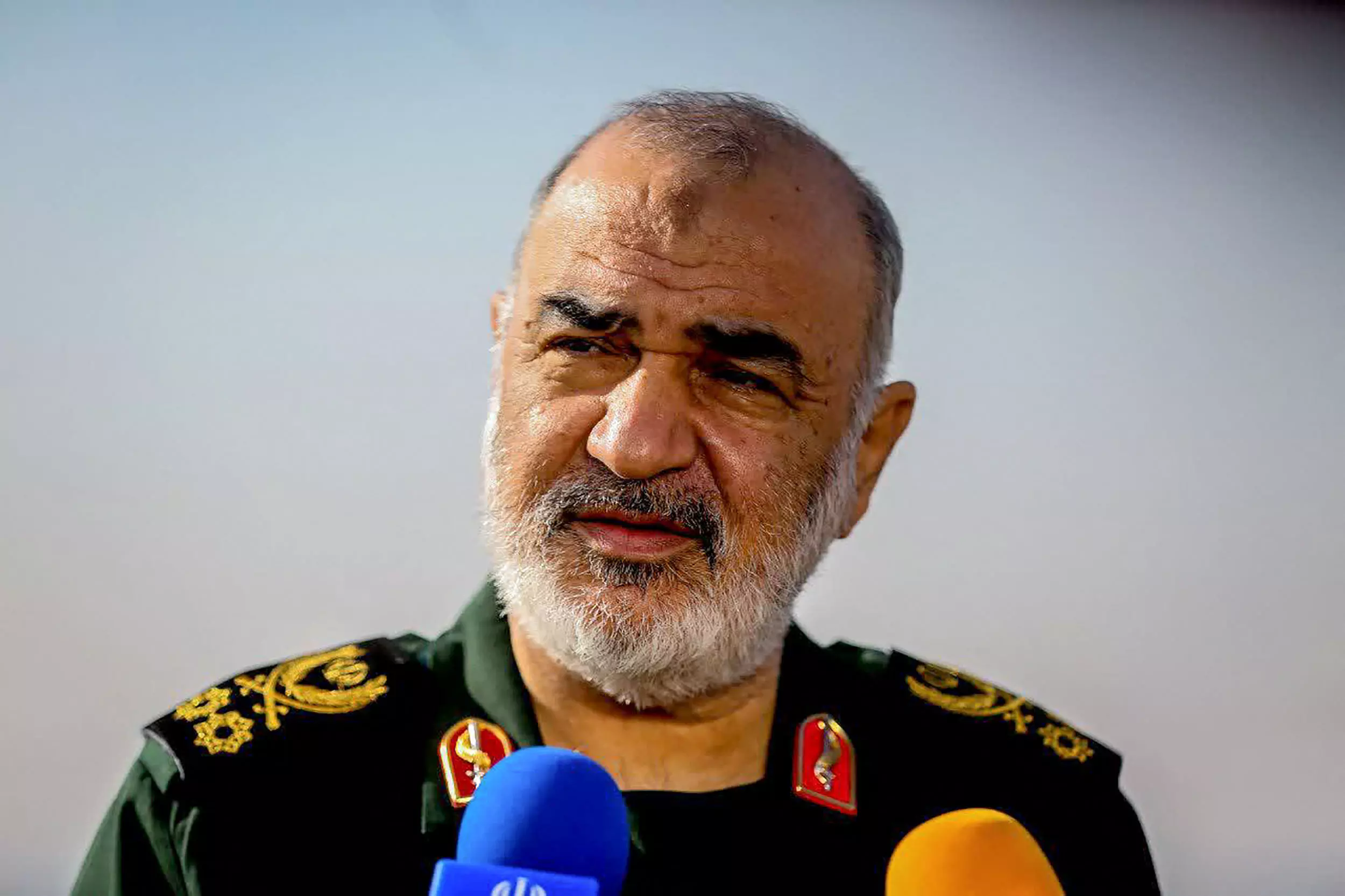
Major General Hossein Salami served as the Commander-in-Chief of the Islamic Revolutionary Guard Corps (IRGC) from 2019 until his reported death in 2025. Born in 1960 in Iran, Salami was a hardline military figure known for his aggressive rhetoric against Israel and the United States. He held a Ph.D. in defense and strategic studies and was a key architect of Iran’s regional military strategy, including support for proxy groups like Hezbollah and militias in Iraq and Syria. Under his leadership, the IRGC expanded its missile capabilities and cyber warfare operations. Salami was a central figure in Iran’s military decision-making and national security planning.
3) Major General Gholamali Rashid:
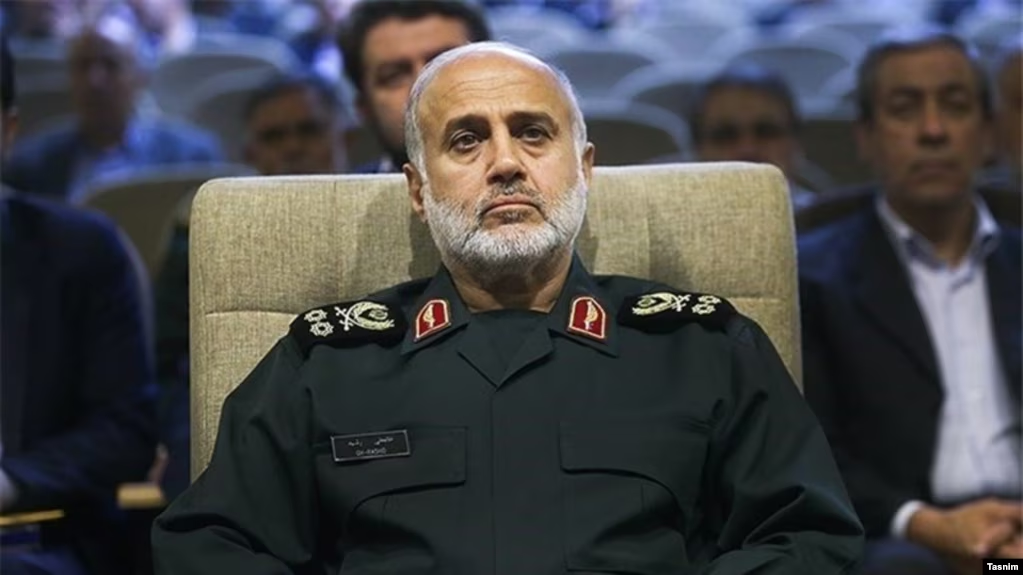
Major General Gholamali Rashid was a senior Iranian military strategist and commander, best known for leading the Khatam al-Anbiya Central Headquarters, Iran’s top joint operational command. He played a pivotal role in coordinating strategic military planning across Iran’s armed forces, including the Islamic Revolutionary Guard Corps (IRGC) and regular army units. Rashid was closely involved in overseeing Iran’s regional military influence in Iraq, Syria, and Lebanon, and was regarded as a key architect behind Iran’s asymmetric warfare doctrine. Known for his loyalty to Supreme Leader Ayatollah Khamenei, Rashid’s leadership helped shape Iran’s defensive and retaliatory strategies against U.S. and Israeli threats.
4) Major General Gholamali Rashid
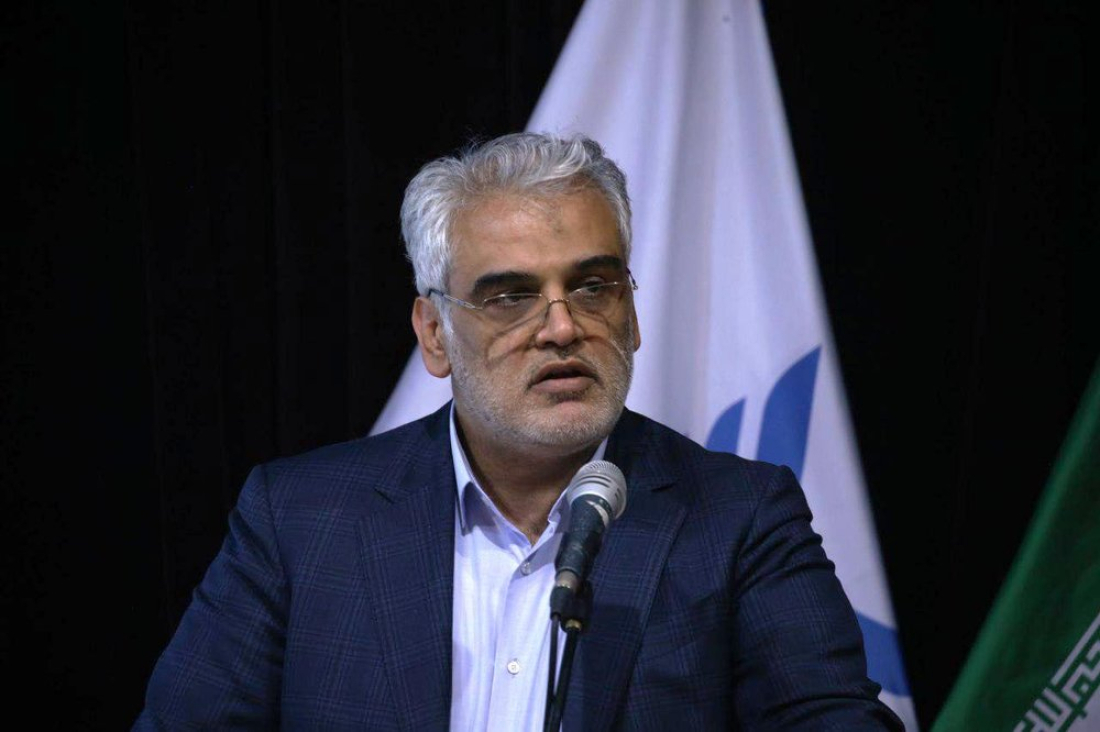
Dr. Mohammad Mehdi Tehranchi is a prominent Iranian physicist and academic leader, deeply involved in Iran’s higher education and scientific research sectors. He has served as the President of Islamic Azad University, one of the largest academic institutions in Iran. With a strong background in nuclear physics, Dr. Tehranchi has been linked to Iran’s advanced scientific and possibly nuclear research programs. He has published numerous papers in theoretical and applied physics and played a key role in promoting Iran’s domestic scientific capabilities. As an influential educator and policymaker, he contributed to aligning Iran’s academic advancements with its national strategic goals.
5) Dr. Fereydoun Abbasi:
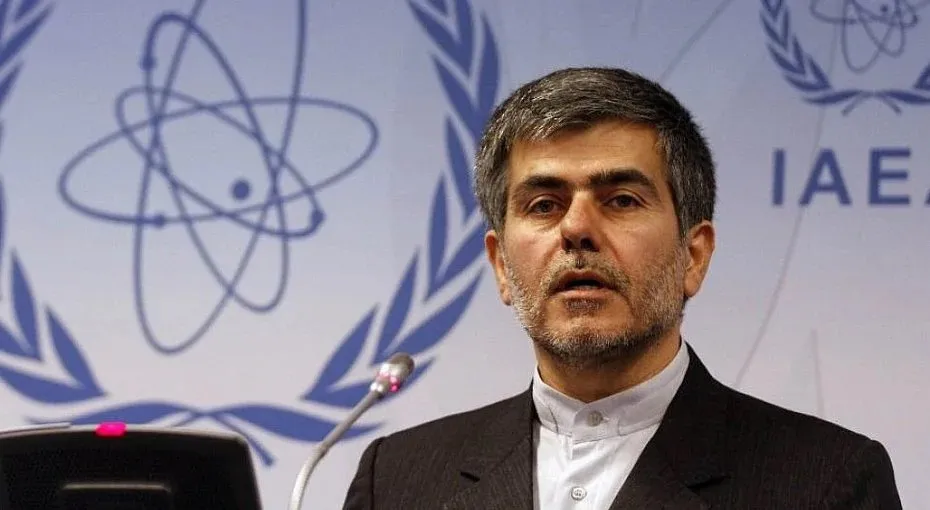
Dr. Fereydoun Abbasi is a senior Iranian nuclear scientist and former head of the Atomic Energy Organization of Iran (AEOI). Born in 1958, he played a critical role in advancing Iran’s nuclear program, particularly during the 2010s when international tensions over Iran’s uranium enrichment were at their peak. A physicist by training and a veteran of the Islamic Revolutionary Guard Corps (IRGC), Abbasi survived an assassination attempt in 2010 allegedly linked to foreign intelligence. As AEOI chief from 2011 to 2013, he was instrumental in accelerating nuclear research and infrastructure, making him one of the most influential figures behind Iran’s nuclear policy and resistance to Western pressure.
